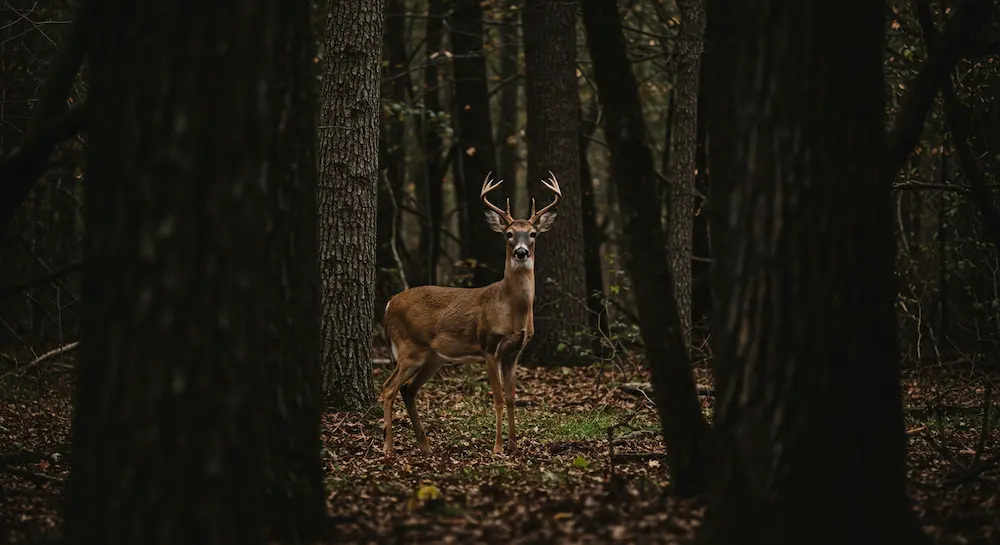
How to Choose the Best Hunting Stand Tower for Your Next Adventure
八月 19, 2025 by admin
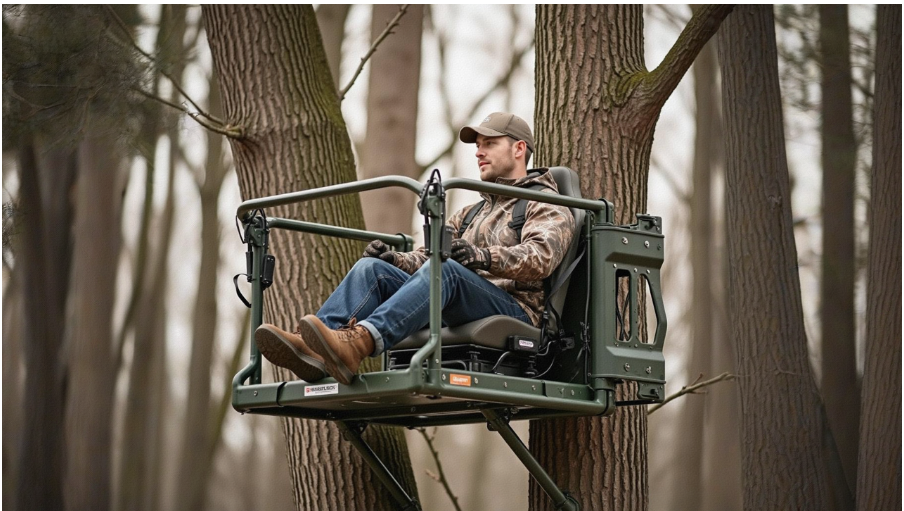
Choosing the perfect hunting stand tower can make or break your hunting experience. Whether you’re a seasoned hunter or a beginner, the right stand provides safety, comfort, and the best vantage point for spotting game. But with so many options available—from ladder stands to climbing stands and tower blinds—how do you pick the best one for your needs?
A hunting stand tower elevates your position, increasing visibility while keeping you concealed. The best stands offer durability, stability, and comfort for long hours in the field. Key factors to consider include weight capacity, material, ease of setup, and camouflage effectiveness.
Before investing in a hunting stand, let’s break down the essential features, types, and expert tips to help you make the right choice.
Why Do You Need a Hunting Stand Tower?
Deer and other game animals rely heavily on their sense of smell and hearing. Being elevated reduces scent detection and increases your chances of a successful hunt.

Hunting from the ground limits visibility and increases the risk of detection. A tree stand or tower blind elevates you above the animal’s line of sight, allowing for better shot angles and reducing movement detection. Additionally, wind currents carry human scent upward, making it harder for game to smell you. Studies show that hunters using elevated stands have a higher success rate due to improved concealment and broader visibility.
What Types of Hunting Stands Are Available?
Not all hunting stands are the same. The right choice depends on your hunting style, terrain, and personal preferences.
The three main types are ladder stands, climbing stands, and tower blinds. Each has pros and cons based on portability, stability, and ease of use.

- Ladder Stands: Fixed stands that require pre-installation. Ideal for long-term setups but less portable.
- Climbing Stands: Lightweight and mobile, perfect for public land hunters. Requires practice to use safely.
- Tower Blinds: Enclosed stands offering weather protection and extra concealment. Best for group hunting.
Choosing the right type depends on how often you move locations, terrain difficulty, and budget.
How to Choose the Right Height and Weight Capacity?
A stand that’s too low won’t conceal you, while one that’s too high may be unstable. Weight capacity is equally crucial for safety.
Most stands range from 15 to 25 feet in height. Always check the maximum weight limit, including gear.

- Height: 15-20 feet is ideal for bow hunting, while rifle hunters may prefer 20-25 feet.
- Weight Capacity: Ensure the stand supports your weight plus gear (minimum 300 lbs).
- Platform Size: A larger platform (20” x 30”+) improves comfort for long sits.
What Safety Features Should You Look For?
Falls from stands are a leading cause of hunting injuries. Always prioritize safety harnesses and sturdy construction.
Look for full-body harnesses, non-slip steps, and noise-free assembly to prevent accidents.
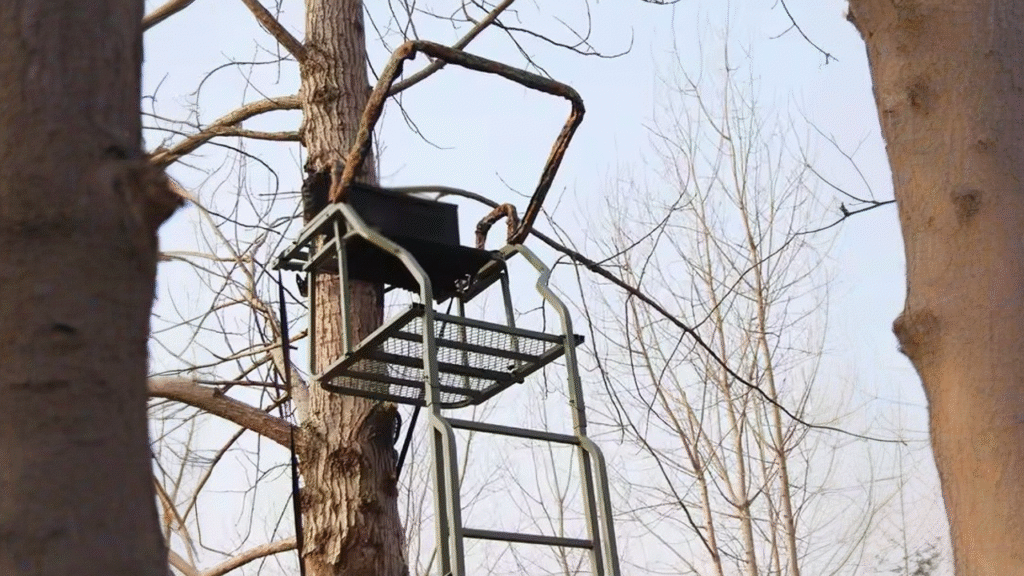
- Harness Compatibility: Ensure the stand has attachment points for a safety line.
- Stability: Wide bases and reinforced frames prevent wobbling.
- Noise Reduction: Quiet setup mechanisms prevent spooking game.
How to Set Up and Maintain Your Hunting Stand?
Proper installation and maintenance extend the lifespan of your stand and ensure safety.
Always inspect straps, bolts, and platforms before each hunt to prevent accidents.
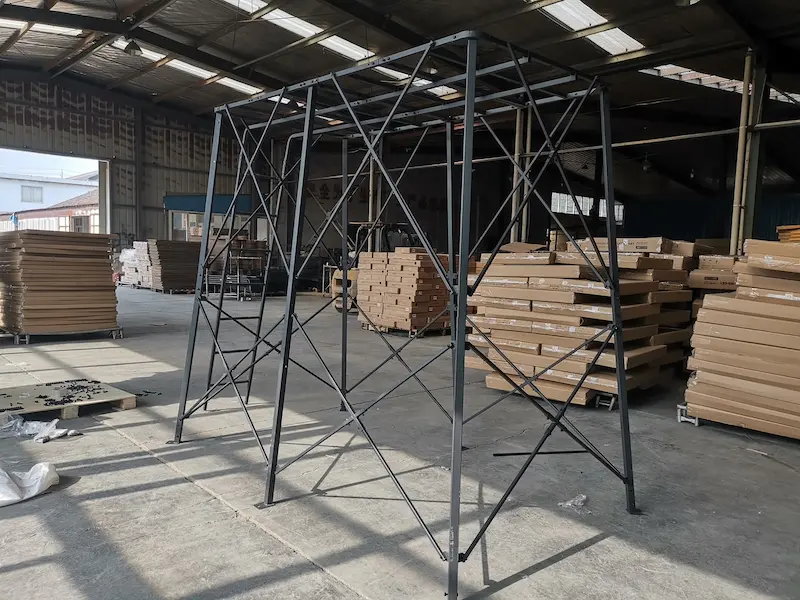
- Setup: Follow manufacturer instructions precisely. Use a buddy system for ladder stands.
- Maintenance: Lubricate moving parts, check for rust, and replace worn straps annually.
- Storage: Keep stands in a dry place to prevent weather damage.
Conclusion
Choosing the right hunting stand tower enhances safety, comfort, and success in the field. Consider type, height, weight capacity, and safety features before purchasing. Always prioritize durability and proper setup for the best experience.
External Links Recommendation
Please feel free to contact us if you need hunting stand products.
Written by
admin
You may also be interested in:
How Can an Indoor/Outdoor Pickleball Net Frame Deliver Long-Term Durability and Better Training Outcomes
As a recreational league organ
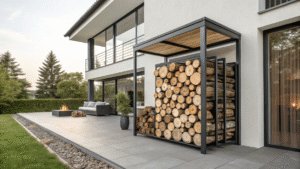
What Metal Firewood Rack Trends Should You Watch in 2025?
I’ve spent the last few years
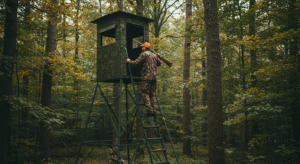
Which Hunting Stand Is Best for Outdoor Activities
Choosing the right hunting stand determines comfort, concealment, and safety throughout the season
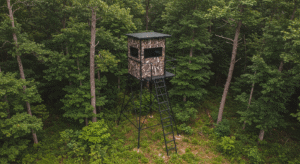
Why Build a 4x4 Platform With a 10-Foot Height Hunting Stand
I’ve built a few compact hunti

Adapting Basketball Storage Racks for Different Spaces?
Basketball storage racks can be customized for both small home spaces and large sports complexes, optimizing space and functionality. Strategic placement, modular designs, and mobile units enhance organization and accessibility, ensuring efficient storage solutions tailored to specific environments.
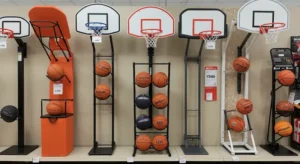
Evaluating the Cost and Value of Basketball Storage Racks?
Basketball storage racks vary in price, reflecting differences in material quality, capacity, and design. Understanding the cost and value can guide informed purchasing decisions. This guide explores key factors, technical specifications, and how to evaluate the best value for basketball storage racks.

Daily Maintenance and Cleaning of Basketball Storage Racks?
Basketball storage racks are essential for keeping equipment organized and accessible. However, regular maintenance and cleaning are crucial to preserve their functionality and appearance. In this guide, we explore how to maintain basketball storage racks, common issues encountered, and effective solutions.
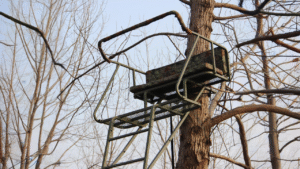
How to Choose Which Stand to Hunt
Selecting the right hunting stand is crucial for success, influenced by environmental factors, game patterns, seasonal changes, personal preferences, and technology. Assessing terrain, animal behavior, and climatic conditions helps optimize stand placement. Utilizing tools like GPS and trail cameras can further enhance strategic decisions, ensuring a rewarding hunting experience.
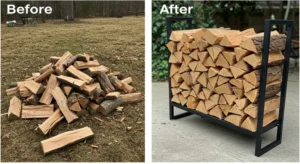
Ultimate Guide to Choosing a Durable Metal Firewood Rack
A durable metal firewood rack is essential for organizing firewood, offering protection from the elements and ensuring efficient storage. Key features to consider include material, construction quality, size, and design. Proper installation and regular maintenance enhance longevity. Selecting the right model based on personal needs ensures a reliable wood-burning experience.

How to Season Firewood Faster
This guide outlines essential strategies for speeding up the firewood seasoning process, including optimal location selection, effective wood arrangement, and maximizing airflow. It emphasizes the importance of balancing protection with exposure when covering wood and selecting suitable types for faster drying, ensuring efficient burning with reduced smoke output.